 India is one of the oldest civilizations in the World. With amazing Vedic background and a passage steeped deep in the quest for existential truth. All traditions in India of old are linked, be it religious, health, arts or civilizational norms. Food in the country has come about as a core of the lifestyle anywhere across the Nation.
India is one of the oldest civilizations in the World. With amazing Vedic background and a passage steeped deep in the quest for existential truth. All traditions in India of old are linked, be it religious, health, arts or civilizational norms. Food in the country has come about as a core of the lifestyle anywhere across the Nation.
Indians love food not only for aroma and taste they see every recipe from a health perspective as well. Pure, original, unadulterated food is a universal quest. Read on...
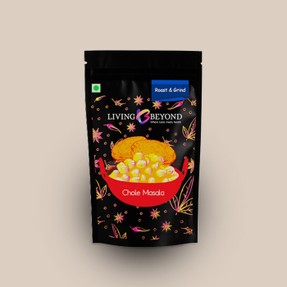
Mind-Boggling Diversity & Regional Variations
It is difficult for people from civilizations that exist in uniformity to understand Indian culture. Although this is a partial truth since societies are becoming pluralist the World Over. But India has been diverse for too long and one aspect that is visibly apparent is diversity, especially in food. Recipes are great the World Over but this country is unique as far as cooking style and ingredients are concerned. The recipes are mind-boggling and derived from a million permutations and combinations that evolved during the passage of time.
Diverse Food
Eating habits develop depending upon what grew where! Hence people in Southern and East India are rice consumers. People in North and West India are wheat consumers while those elsewhere consume wheat and rice every day. All this is changing some recipes that have become so common that they are widespread prevalent pan India in restaurants, street joints and in family kitchens. Ask for Chole or Rajma from North in South you will be served a warm aromatic dish. Samber from South is a pan-India favourite. Just have a peel in a menu in a restaurant near you. Fish fry, PavBhaji, Egg Curry, Vegetable Curry, Shai Daal..........drool!
Traditions dwell deep in the country but all that is changing. Although the same recipe would change every fifty kilometres, this holds true for rural populations only. Urban India is influenced by the pluralistic World and consumerism. Diehard consumers stick to the tradition in the country even in urbanity. But the way ingredients especially spices are consumed is fast changing.
Fusion Ready to Grind & Mix Spices
Innovative companies are providing inroads to new concepts getting rid of often adulterated powdered spices.
Please understand spices or masalas are central to Indian recipes. They may be hot, warm or mild the World associates them as being hot and unhealthy. The truth is that they are the healthiest ingredients that boost immunity, prevent diseases like cancer and mesmerize you with taste and magical aroma. The benefits of turmeric are already well-known globally.
Most of the spices are rooted to the ground, but the country is all-absorbing hence whatever grew here, entered the country by the trade route or by invasions is part of our cooking indigenized since ages.
Diversity & Pluralism are central to the country, and it will take many lives to understand the phenomenon. Just buy Indian Spices roast, grind in a pestle and add them to the recipe to enjoy the flavour of these amazing existential virtues.


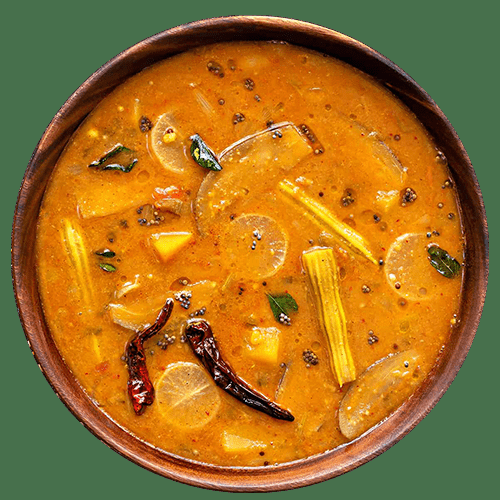
 India is one of the oldest civilizations in the World. With amazing Vedic background and a passage steeped deep in the quest for existential truth. All traditions in India of old are linked, be it religious, health, arts or civilizational norms. Food in the country has come about as a core of the lifestyle anywhere across the Nation.
India is one of the oldest civilizations in the World. With amazing Vedic background and a passage steeped deep in the quest for existential truth. All traditions in India of old are linked, be it religious, health, arts or civilizational norms. Food in the country has come about as a core of the lifestyle anywhere across the Nation. 
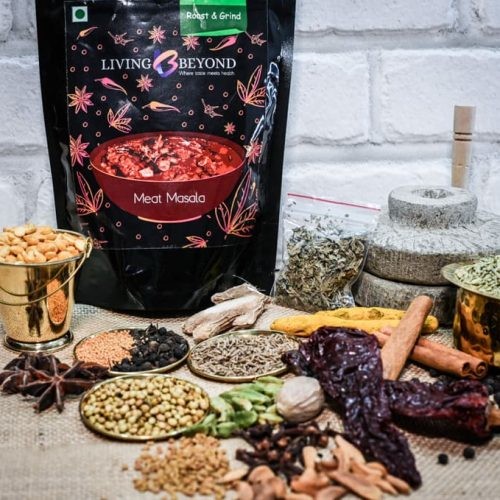
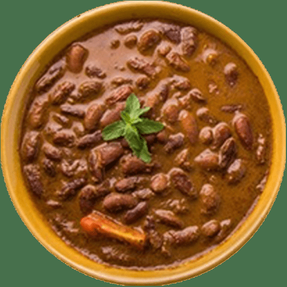 Some of the popular recipes across India are:
Some of the popular recipes across India are: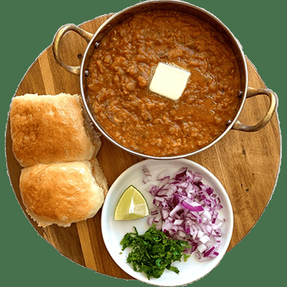
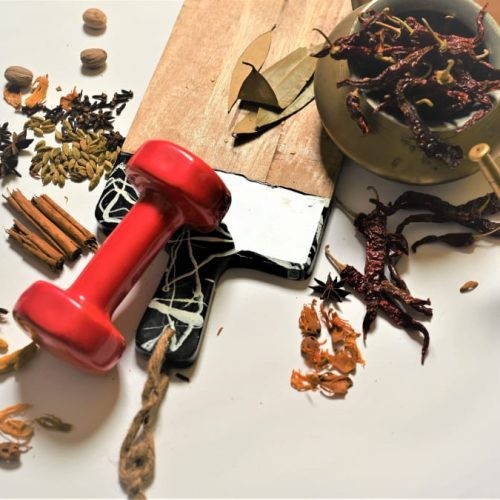
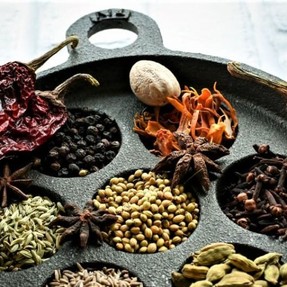 Some common spices available as a whole in India are:
Some common spices available as a whole in India are:




 Full Day Safari in Bandhavgarhon 08/29/2023
Full Day Safari in Bandhavgarhon 08/29/2023
 SEO Campaign: Website Overhaulon 02/13/2023
SEO Campaign: Website Overhaulon 02/13/2023
 Indian Food It Is Not All Curryon 02/08/2023
Indian Food It Is Not All Curryon 02/08/2023
 How Tiger Tourism is Organized in India?on 02/07/2023
How Tiger Tourism is Organized in India?on 02/07/2023


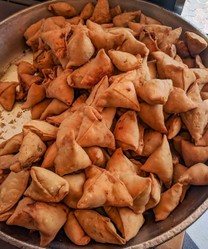
Comments
Would the shelf life of these pre-mixed, pre-packaged spices be comparable to that of the fresh spices that you've mentioned in earlier, other wizzleys?
These local variations are due to water, the type of ingredients available locally and due to minor changes in cooking style. They are not written down or standardized but continue as a way of practice.
The computer crashed before I added my second question to the comment about losing or preserving rural variations on subcontinental recipes.
Would these recipes, that change every 50 kilometers, be available only through the oral tradition or would there be compilers who are copying, have copied or will copy such variations into written form?
The second paragraph under the sub-subheading Diverse Food to your subheading Indian Food, under your first image Sambar Wholesome Spice Mix, indicates that "Traditions dwell deep in the country but all that is changing. Although the same recipe would change every fifty kilometres, this holds true for rural populations only. Urban India is influenced by the pluralistic World and consumerism. Diehard consumers stick to the tradition in the country even in urbanity. But the way ingredients especially spices are consumed is fast changing."
The above-mentioned information happily is in line with what I understand about India from my sister, Stessily, who specialized in Indian studies as a graduate student and who traveled throughout the Indian subcontinent.
Nevertheless, I worry about the force of consumerism that finds it easiest to make everything as efficiently alike as possible.
But given the Indian respect for individualism and togetherness, life and tradition, would it not seem to you possible that these traditional recipes will persevere and that these variations every 50 kilometers always will be available in the countryside and among rural inhabitants who become city-dwelling?